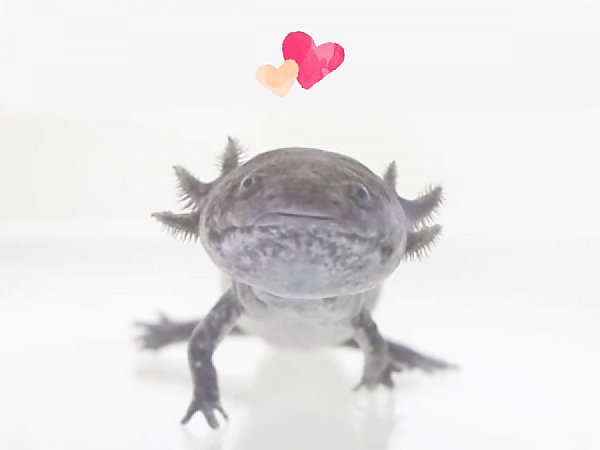July 9, 2019
July 8, 2019, Long Beach California—Five American avocet chicks hatched at the Aquarium between June 23 and 25. The chicks and their parents are on view in the lower enclosure in the Guam Kingfisher aviary near Shark Lagoon. The parents have lived at the Aquarium since August 2017. Both parents will take turns tending to the chicks.
The chicks will fledge, or replace their downy juvenile feathers with adult feathers, at about twenty-seven to twenty-eight days old. Adults stand at about 18 inches tall. They have a white body, black and white wings, and long, slender legs. During breeding season, they have a pale rust-colored head and neck.
In the wild, American avocets live on beaches, around shallow lakes and ponds, and on coastal and inland mudflats throughout the western United States, southern Canada, Mexico, and Baja. This shorebird species migrates to southern coastal areas, including Mexico and Baja and the southeast and Atlantic coasts, or California valleys in the winter.
Avocets are precocial birds, meaning that chicks are able to walk around and forage immediately after hatching. Like the adults, the chicks will quickly learn to eats all different types of insects and worms, including blood worms, meal worms, wax worms, and crickets. As they get older, they will forage for krill and small fish. Avocets search for food by wading in shallow water and filtering food by sweeping their long, upward-curved bills from side to side.
American avocet populations declined in the 1960s and 70s, when agriculture and development began to shrink wetland habitats. Since then, their numbers have rebounded, and they are currently listed as a species of least concern by the International Union for Conservation of Nature.

